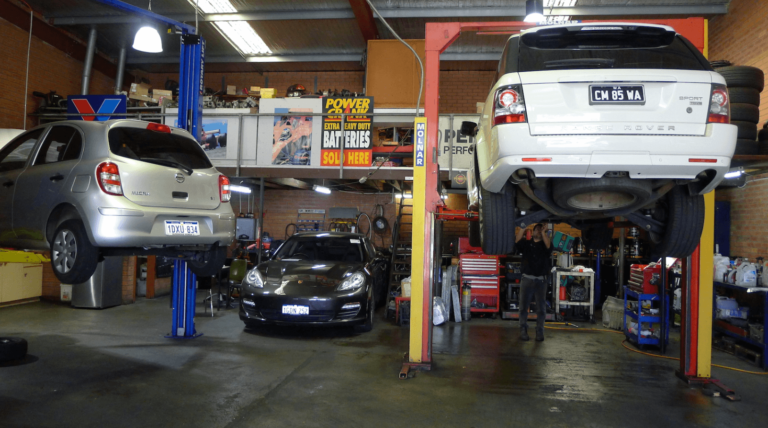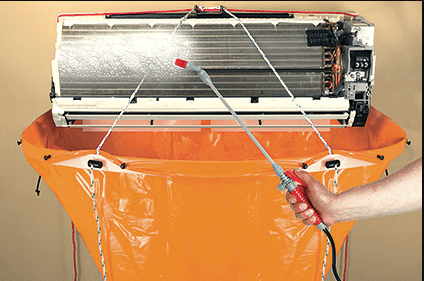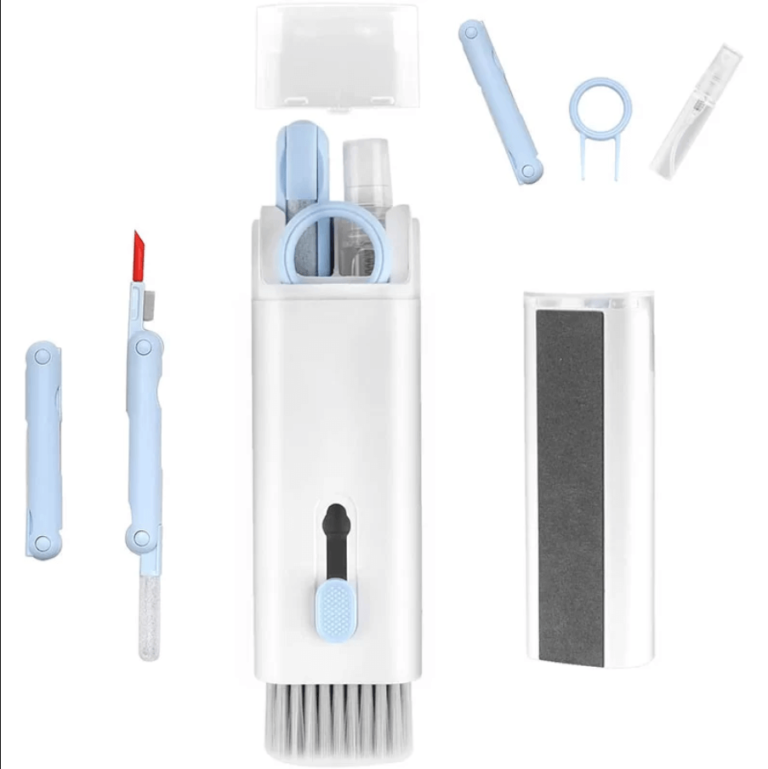Couch Repair Springs: A Comprehensive Guide
Is your once-comfortable couch starting to feel a bit saggy? Don’t worry; it’s a common issue that many people face over time. Couch springs can come to the rescue and give your beloved piece of furniture a new lease on life. World of couch repair springs, exploring what they are, how to identify issues, and step-by-step instructions on fixing them. So, let’s spring into action!
Understanding Couch repair Springs
Types of Springs Used in Couches
Before we dive into the repair process, it’s essential to understand the different types of springs commonly used in couches. These include:
Sinuous Springs
Sinuous springs, also known as zigzag or S-springs, are serpentine wires that run horizontally on the couch frame. They offer good support and are cost-effective.
Coil Springs
Coil springs, also referred to as pocket springs, are individual springs encased in fabric pockets. They provide excellent comfort and durability.
Signs Your Couch Springs Need Repair
To determine if your couch springs require attention, watch out for the following signs:
Sagging Cushions
When your cushions start to sag or lose their shape, it’s a clear indication that the springs beneath them may be worn out.
Uneven Seating
If you notice that one side of your couch is lower or sags more than the other, this is a sign of spring issues.
Creaking Noises
Creaking or squeaking sounds when you sit or move on the couch can be an annoying indication of spring problems.
DIY Couch Spring Repair
Now that you’ve identified the issues, it’s time to roll up your sleeves and fix those couch springs yourself. Here’s a step-by-step guide:
Tools You’ll Need
Before you begin, gather the following tools:
Pliers
Pliers will be handy for removing staples and upholstery.
Replacement Springs
Ensure you have the correct replacement springs for your couch.
Step 1 – Remove the Cushions and Fabric
Start by taking off the cushions and carefully removing the upholstery fabric to expose the springs.
Step 2 – Identify the Problem Springs
Inspect the springs closely and identify the ones causing the issues. It may be a single spring or several.
Step 3 – Remove the Old Springs
Carefully detach the old, damaged springs from the couch frame using pliers.
Step 4 – Install the New Springs
Attach the new springs in place of the old ones, making sure they are securely fastened.
Step 5 – Reupholster the Couch
Reupholster the couch once the springs are in place, ensuring a snug fit.
Conclusion
Couch Repair springs may seem daunting, but with the right knowledge and tools, it’s a manageable DIY project. By following our guide, you can bring back the comfort and life to your couch without breaking the bank. Say goodbye to saggy seating and hello to cozy relaxation! Read more…
FAQs
FAQ 1: How long does it take to repair couch springs?
The time needed for couch spring repair depends on the extent of damage and your experience. On average, it may take a few hours to a day.
FAQ 2: Can I repair couch springs without any DIY experience?
While some basic DIY skills can be helpful, repairing couch springs is doable for beginners by following step-by-step instructions.
FAQ 3: Where can I find replacement springs for my couch?
You can find replacement springs at your local hardware store or order them online. Make sure to measure your existing springs for accuracy.
FAQ 4: Should I take any safety precautions when repairing couch springs?
Yes, ensure you wear safety goggles and gloves when working with springs to prevent any accidents or injuries.
FAQ 5: Can I repair a couch with broken frame in addition to springs?
Repairing a broken frame may require more advanced skills. It’s advisable to consult a professional for such extensive repairs.







